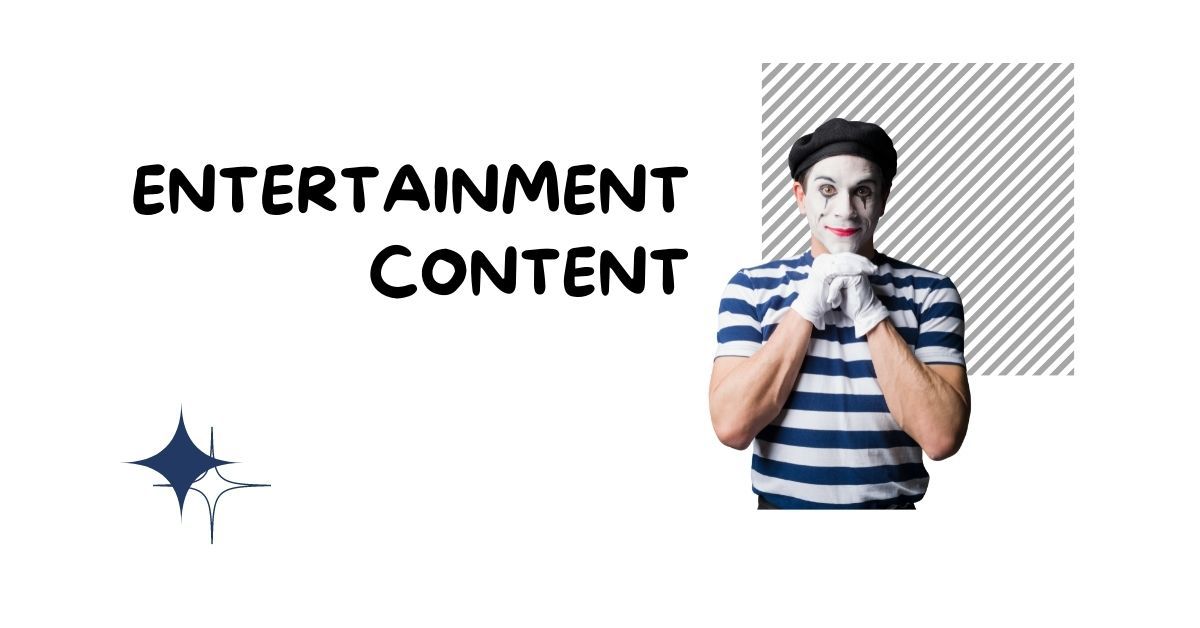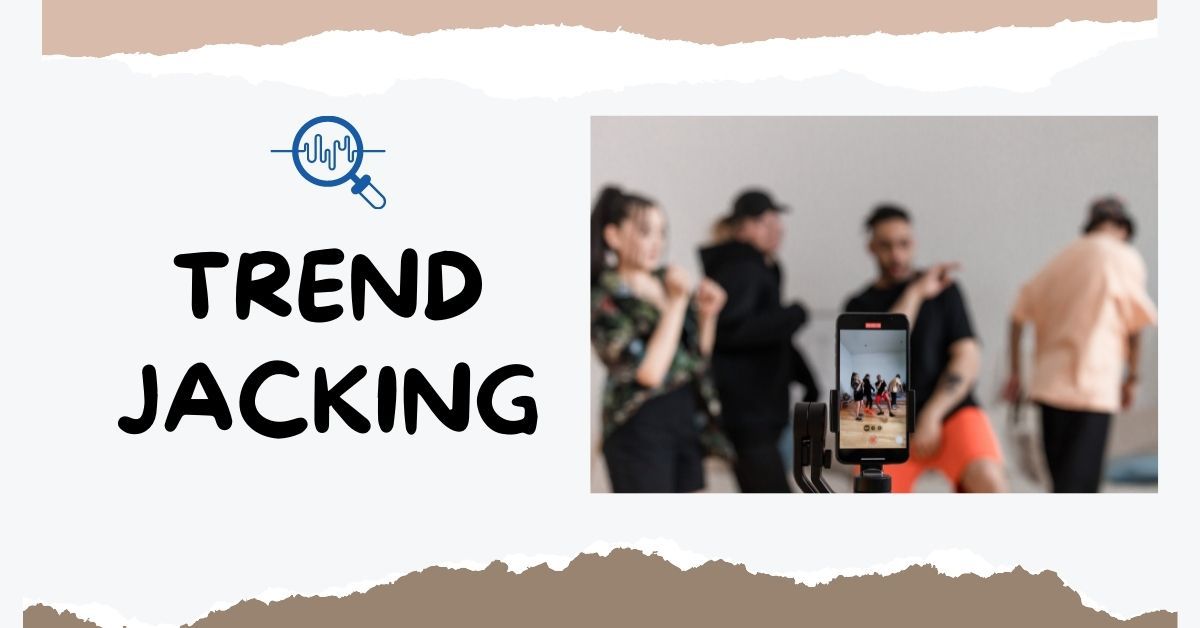7 Content Pillars for Businesses
7 Content Pillars for Business
Have you heard that Content is King? Achieving business and social media objectives such as brand recognition, thought leadership, audience engagement, and lead generation can be done through content. Great content is an important asset. It has the ability to create positive experiences for your potential customers and entice them to come back for more.
What are the 7 content pillars for business?

1. Educational Content
Content that educates is not limited to manuals and textbooks; it also includes tutorials, how-to guides, recipes, product reviews, and step-by-step videos. Educational content can either be in simple write ups or even videos. Nowadays, people’s attention span is very little, so it’s best to come out with short video content.
Educational content should be informative, interesting and relevant. This gives you a more authoritative voice and gives you the edge over the competition who may not be posting any educational content at all.

2. Conversational Content
The goal is to write and address the needs in words customers actually use. You must write something they actually want to read, share, and engage. The messaging should form the conversation in a meaningful way. Messages should be written in a way that ends up in a two-way experience.
In simple words, conversational content is writing like you talk. As normally people prefer to have a more relaxed and ‘chill’ conversation in real life, avoid using complex or too fancy words in your content. People relate to you when you produce content that’s easy to understand and not too formal.

3. Promotional Content
Promotional content talks about your products and services, not only draw in current followers as customers but gaining new followers searching for your product. There’s no way we can run away from using promotional content. It is a must as we are selling products or services.
What we can do to make it interesting, that is what we need to focus on. We can’t always do a ‘try hard’ content such as, “buy our product now, our product is good” to our audience as it will bore them.
Instead, you can come out with special deals, offers or hold a giveaway with your audience. This method always draws attention from existing or new customers.

4. Entertainment Content
When it makes people smile, then it’s considered entertainment content. We need to slot in more of these types of contents as people always need a reason to laugh from time to time!
Do you realize that some businesses post really serious and formal content? Yes, you need it at times, as you need to deliver your content clearly BUT not all the time.
A little bit of entertaining content won’t hurt your business. In between your educational or promotional content, you can also include memes that relate to your business, reposting funny videos from others or funny moments that you have while handling your day to day business.

5. Inspirational Content
You help your customers imagine how your product or service will enhance their life by seeing it through the eyes of others. Have you felt inspired by reading one of the many quotes that people posted online? You felt inspired as it is relatable to you or your life.
With inspirational content, you need to cultivate empathy in your content. You need to share to your audience how your products or services add value to their life. If you’re selling beauty products, you can do tutorials to show before and after using the product.
If you’re selling services such as tutoring, you can show the kid’s result after joining your tutor class. People love to see results and statistics as their point of reference.

6. Personal Content
Personal content goes back to your personal branding. It is the practice of creating a brand around a person rather than a business entity. It is used to help further people’s careers by positioning them as an expert within an industry.
People resonate more to humans or people rather than the brand, especially if you’re just starting up the brand. You need to gain people’s trust about your credibility in order for them to trust your products and brand.
With this identity, you develop your own brand assets, which may include a resume, website, writings, products, services – even a logo, tagline, and visual images.

7. Trend Jacking Content
Brands and companies notice something that is gaining a lot of attention online and then interject themselves into it. Simply, by following the trend! You can try this kind of content too as it will be a good content such as videos, blogs, posts during the time of viral (a specific of time only).
You will need to do content that relates to current and hot topics. If you do content for TikTok platform, you will know that many businesses try to create trend-jacking contents through TikTok challenge, using viral music or dancing to stay updated within the TikTok community.
Have you figured out which type of content actually suits your business? If not, maybe you can incorporate all of them over a period of time. Have fun finding your ‘go to’ type of content.
Need more ideas & insights to grow your business, read WhyQ blog now.






